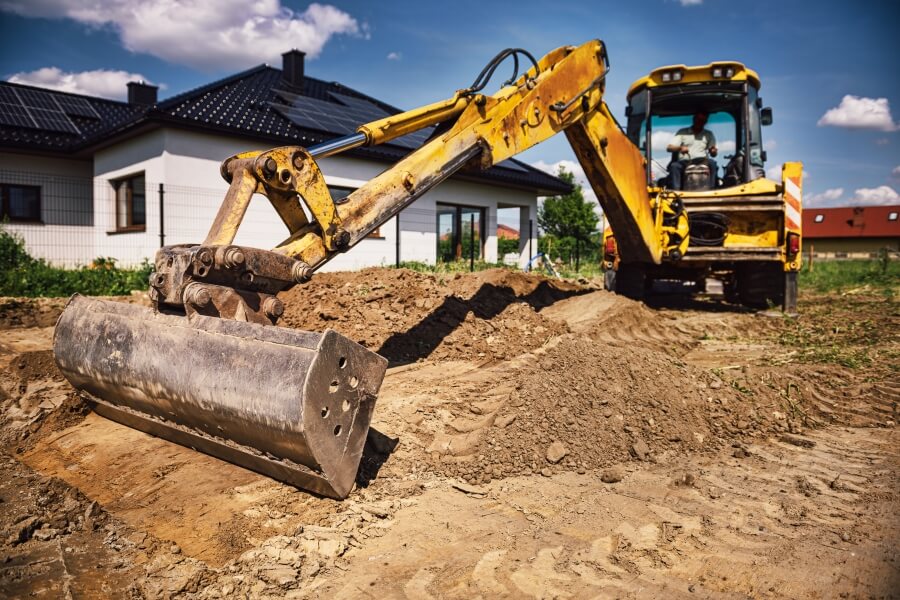Installing a pool in your yard can be an exciting and rewarding experience. Before you dive right in, however, it’s crucial to understand the excavation process, as it’s almost always necessary when installing a new pool. In this blog post, we’ll explain why excavators are needed when installing pools and provide some helpful tips for preparing your backyard for this process.
The most common type of pool installation is an inground pool, which requires excavation of the area where the pool will be built. This is because the hole needs to be excavated to construct the pool walls. The size and depth of the hole will vary depending on the type of pool you choose (like a fibreglass or concrete/gunite model). The excavation process also includes removing any rocks or other debris from the space. Additionally, it involves levelling off the ground at just below grade level so that there is enough room for the walls to go up around the edges of your future pool. Because this process can be time-consuming and labour-intensive, it’s best to hire an experienced professional who has access to heavy machinery like excavators.
How To Prepare Your Backyard For Pool Excavation
If you plan on hiring an excavation team to install your new pool, here are some steps you should take beforehand:
- Remove Any Trees or Other Obstacles
If there are any trees or shrubs blocking access to where the pool will be installed, they need to be removed first before any digging can begin. It’s best to hire a tree removal service if possible since they have the right tools and equipment for safely removing large trees without damaging anything else in your yard. - Make Sure Utilities Are Marked
You should contact your local utility companies ahead of time so they can come to mark any buried lines in your backyard that could interfere with excavation work. This way, you won’t have any surprises as work begins on digging out space for your new swimming hole! - Consider Adding A Retaining Wall
If there is a slope near where you plan to construct your inground swimming pool, then consider building a retaining wall before digging starts. This will help keep soil from eroding during excavation and make cleanup easier after everything is finished. - Clear Out Furniture and Other Items
Before excavation begins, make sure all furniture and other items have been moved away from where digging will occur so they don’t get damaged during the excavation. You may want to move them into another area until construction is complete! - Re-Grade Sloped Areas
If there are sloped areas near where you plan on placing your new inground swimming pool then re-grading these sections may help reduce runoff during construction and keep water away from vulnerable areas (like basement foundations). - Check Local Regulations
Lastly, be sure to check with local authorities about what permits or restrictions might apply before beginning any excavating work in order not to violate building codes or zoning laws!
Inground swimming pools require excavation, which is done by experienced professionals using heavy machinery such as excavators. A homeowner must, however, make sure that their backyard is free of obstructions and that utilities are marked appropriately before starting work on digging out the space for their future pool! Last but not least, knowing local regulations regarding permits & restrictions before starting any excavations will prevent potential violations & costly mistakes in the future. In no time, homeowners will be enjoying their private oasis if they follow these steps!

